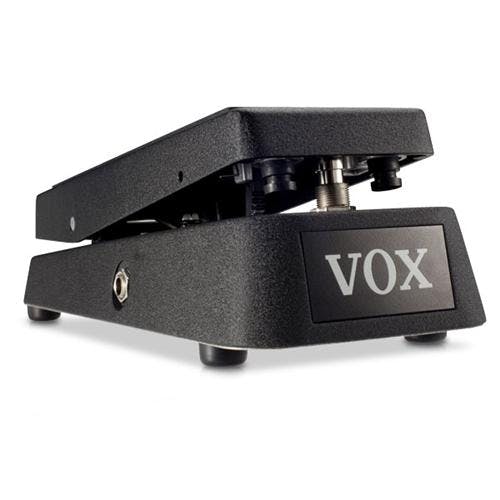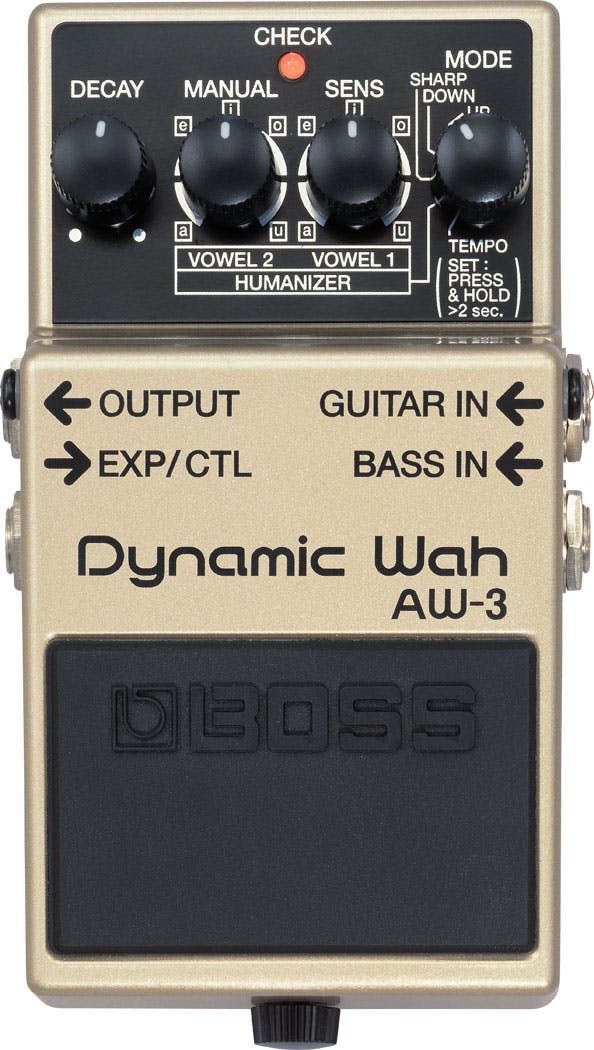just a load of Wah Video – Electro-Harmonix Cock Fight Cocked Talking Wah Pedal (Demo by Bill Ruppert)
Wah Video – Electro-Harmonix Cock Fight Cocked Talking Wah Pedal (Demo by Bill Ruppert)
SONICAKE Auto Wah Pedal Envelope Filter Funky Bass Guitar Effects Pedal Cry-Bot
£25.99
100% Analog Envelope Filter/Auto Wah by Picking Dynamics Designed for both Guitar & Bass with Fast and Accurate Tracking Wide Range Funky Tone Shaping with 4 useful Knobs True Bypass Footswitch keeps a clean Signal Path Auto Wah Pedal working with 9V… read more
Behringer TO800 Vintage Tube-Sound Overdrive Effects Pedal
£24.36 £22.00
Authentic Vintage Tone: The TO800 recreates classic tube-like crunch using original 4558 op amps and MA150 distortion diodes, delivering rich, overdriven tones perfect for rock Customizable Sound: Shape your perfect tone with dedicated Drive, Tone, a… read more
BOSS ME-90 Guitar Multi-Effects | All-In-One Guitar Processor | 11 Onboard AIRD Amp Models | 60 Effects derived from the GT-1000 | 8 Multi-Function Footswitches & Redesigned Expression Pedal
£311.00 £255.00
The BOSS ME series has been a favorite of performing guitarists for over three decades, combining multi-effects power with intuitive hands-on control for crafting tones in seconds. The ME-90 is the most advanced ME model to date, offering exceptional… read more
XVIVE U45-5.8 GHZ WIRELESS IN EAR MONITOR SYSTEM
£279.00 £216.23
XVIVE U45 – 5.8 GHZ WIRELESS IN EAR MONITOR SYSTEM
LEKATO Drum Looper Pedal with Tuner, 4-11 Minute Loops, App for Customizing Drum Grooves for Electric Guitar and Bass, Tap Tempo
£57.99
【3 in 1 Looper&Drum&Tuner】This drum looper is equipped with 44.1kHz, 24bit high-quality looper and drum machine. Built-in high quality tuner, for the note names with sharp or flat signs. 【30 Drum Rhythms】LEKATO Drum Buddy is built in preset 30 drums,… read more
SONICAKE Pocket Master Guitar Bass Amp Modeling IR Cabinets Simulation Multi-Effects with Stereo OTG USB Audio Interface BT Audio 1.77″ LCD Color Screen Black
£49.99
White-Box Digital Modeling Technology Delivering Organic Living Tone, 3rd Party IR Support (5 User Slots) for creating Custom Unique Sounds 100+ Built-in Guitar/Bass/Acoustic Effects with 20 Legendary Amp Models, 24-bit 44.1kHz Signal Processing 99 B… read more
























